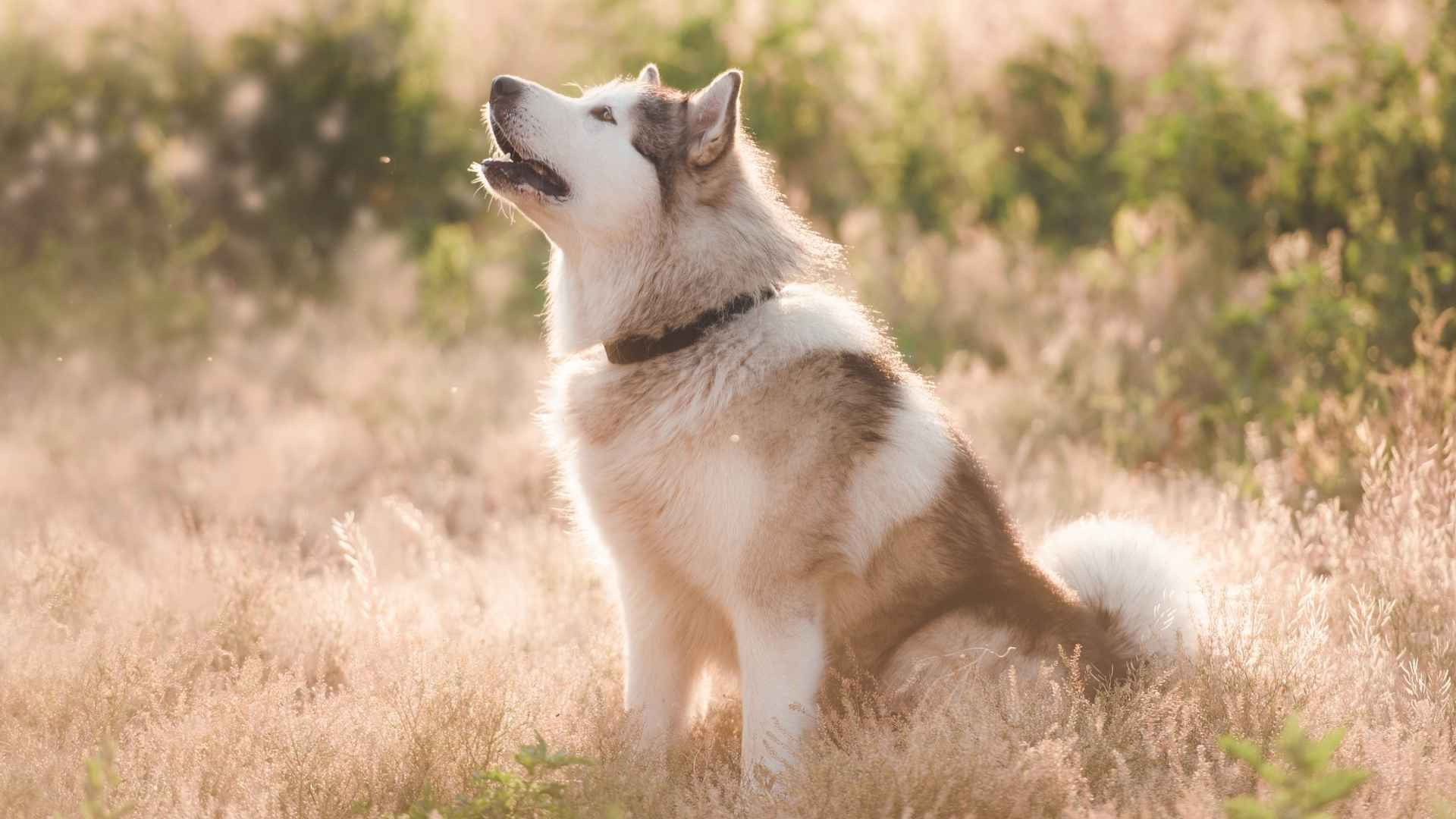Believe it or not, over 99% of dogs exhibit at least one behavior quirk deemed “problematic” by their owners — and barking is one of the top suspects. But before you label your pup a “noisy menace,” consider this: barking is just part of their canine conversation.
In fact, a 2024 study using deep-learning models showed that dogs bark for many reasons — from boredom to fear to trying to chat with you — and context changes everything.
So when a big dog sounds off at 3 a.m., it may not be mischief — it might be meaningful (or just dramatic).
In this article, we’ll spotlight 7 longest-living large breeds that never seem to take a vow of silence.
Get ready to explore why these boisterous buddies live so long — and bark so boldly along the way.
Longest Living Large Dog Breeds That Never Stay Quiet
1. Redbone Coonhound
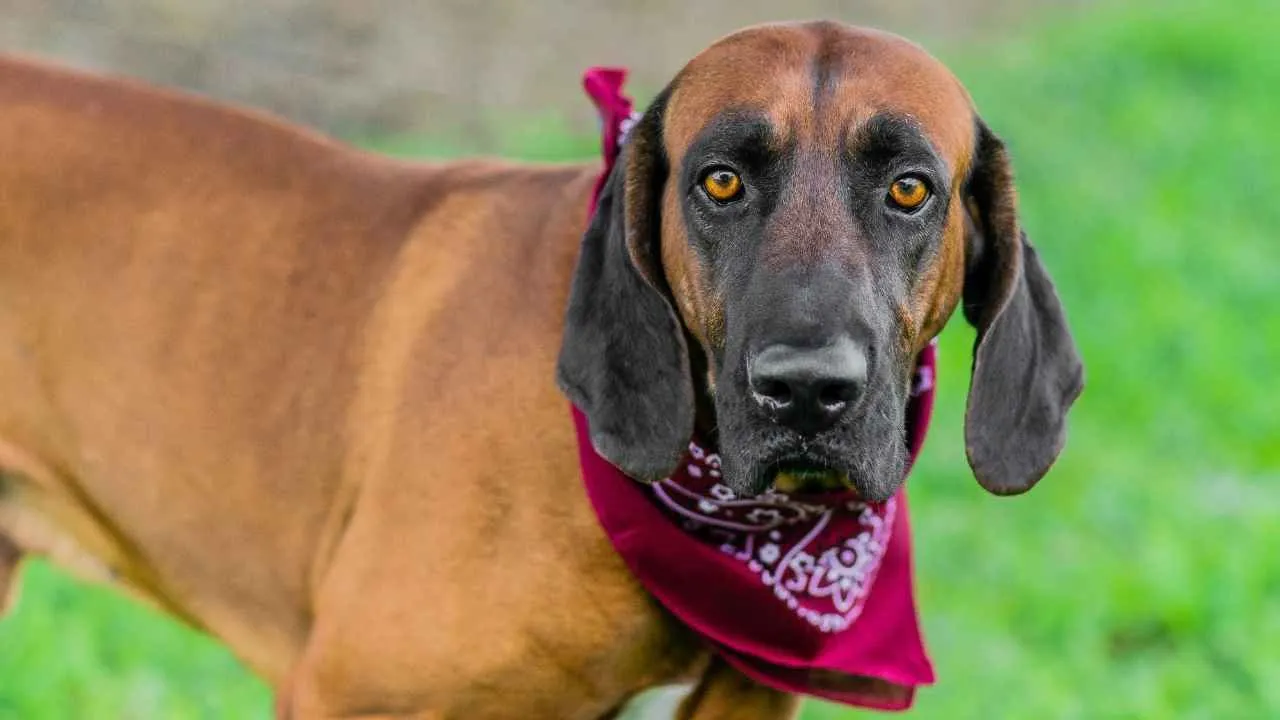
If you want a dog that thrives on both love and action, the Redbone Coonhound is your dream roommate. These hounds need plenty of daily exercise—think long hikes or backyard adventures—to keep their hearts happy and their tails wagging.
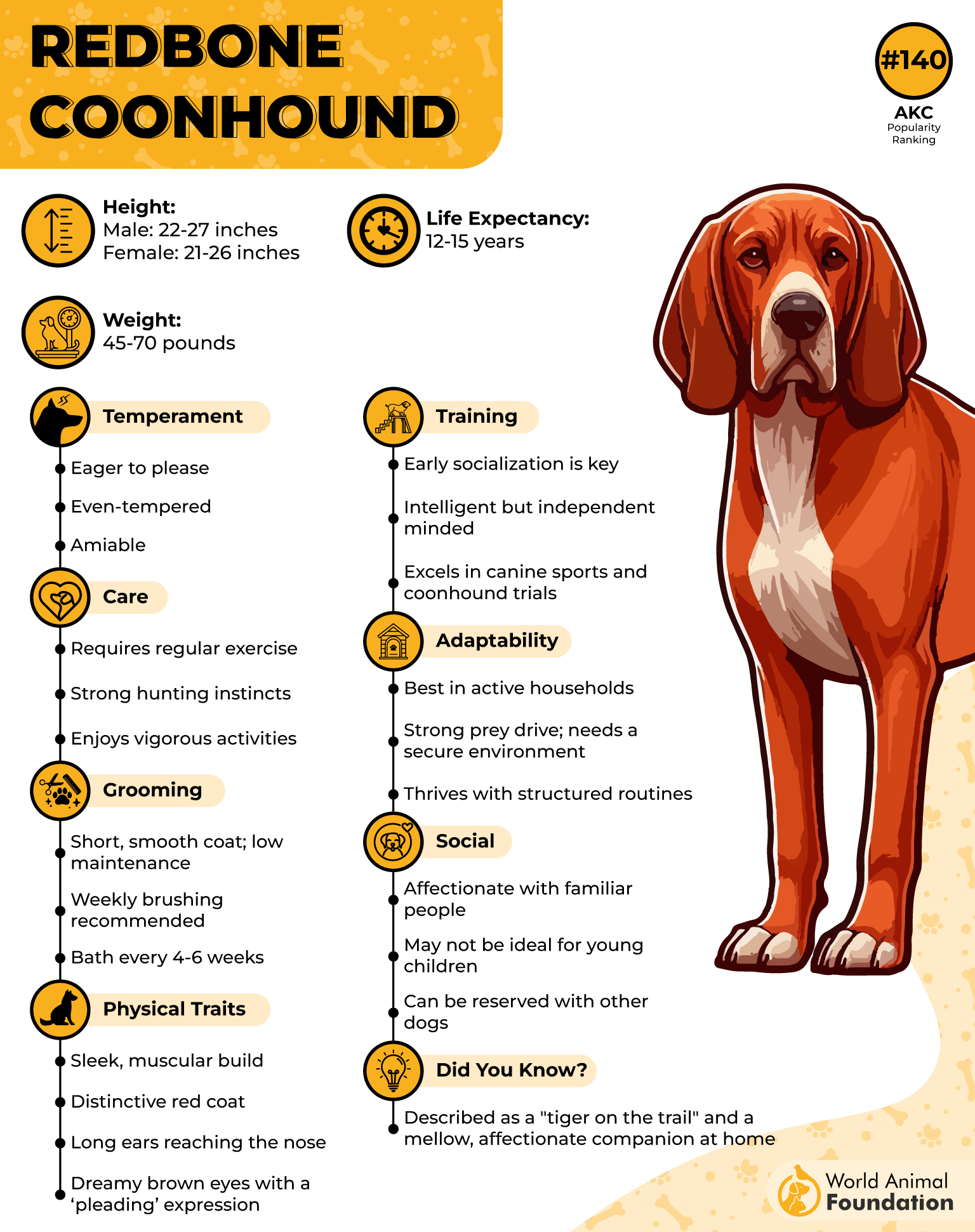
Regular vet check-ups, a balanced diet, and mental stimulation (puzzle toys work wonders!) are the secrets to their long, lively years.
AKC reveals that originally bred in the American South, the Redbone Coonhound was designed for one job: chasing raccoons up trees with unmatched persistence.
Their musical baying is so distinct that hunters could follow the sound for miles. Today, they still carry that same fearless spirit but add a generous splash of goofiness at home.
Lifespan: 12–15 years
Vocal Level: High (expect a serenade!)
Temperament: Loyal, affectionate, determined
Exercise Needs: High—daily workouts required
As a pet parent, your job is to balance their inner athlete and family snuggler. Offer structured exercise, a healthy diet, and positive training—your Redbone will repay you with years of tail-thumping joy (and probably a few late-night “coonhound concerts”).
2. Samoyed
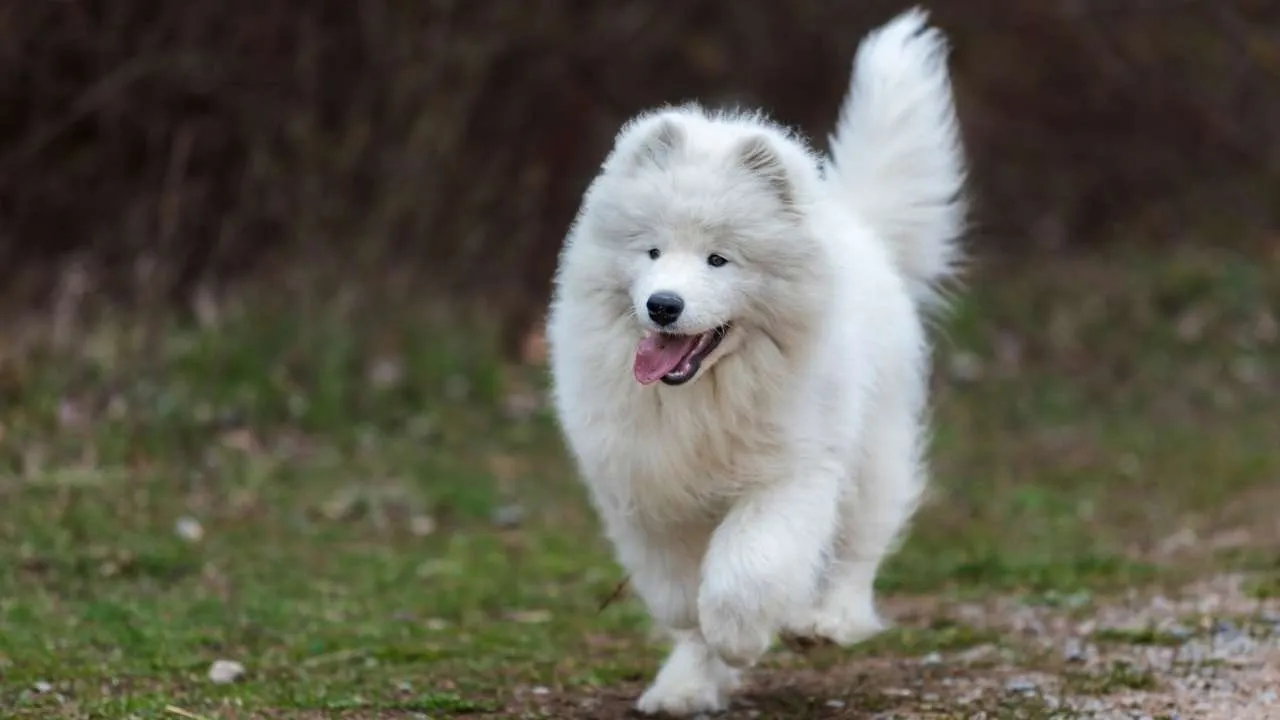
The Samoyed is basically the happiest cloud you’ll ever meet—if clouds could bark. To keep them glowing (literally, that coat shines), they need consistent grooming, daily exercise, and family time.
They don’t do well as “backyard-only” dogs; Samoyeds crave companionship as much as fresh snow. This breed comes straight from Siberia, where they pulled sleds and herded reindeer for the Samoyede people.
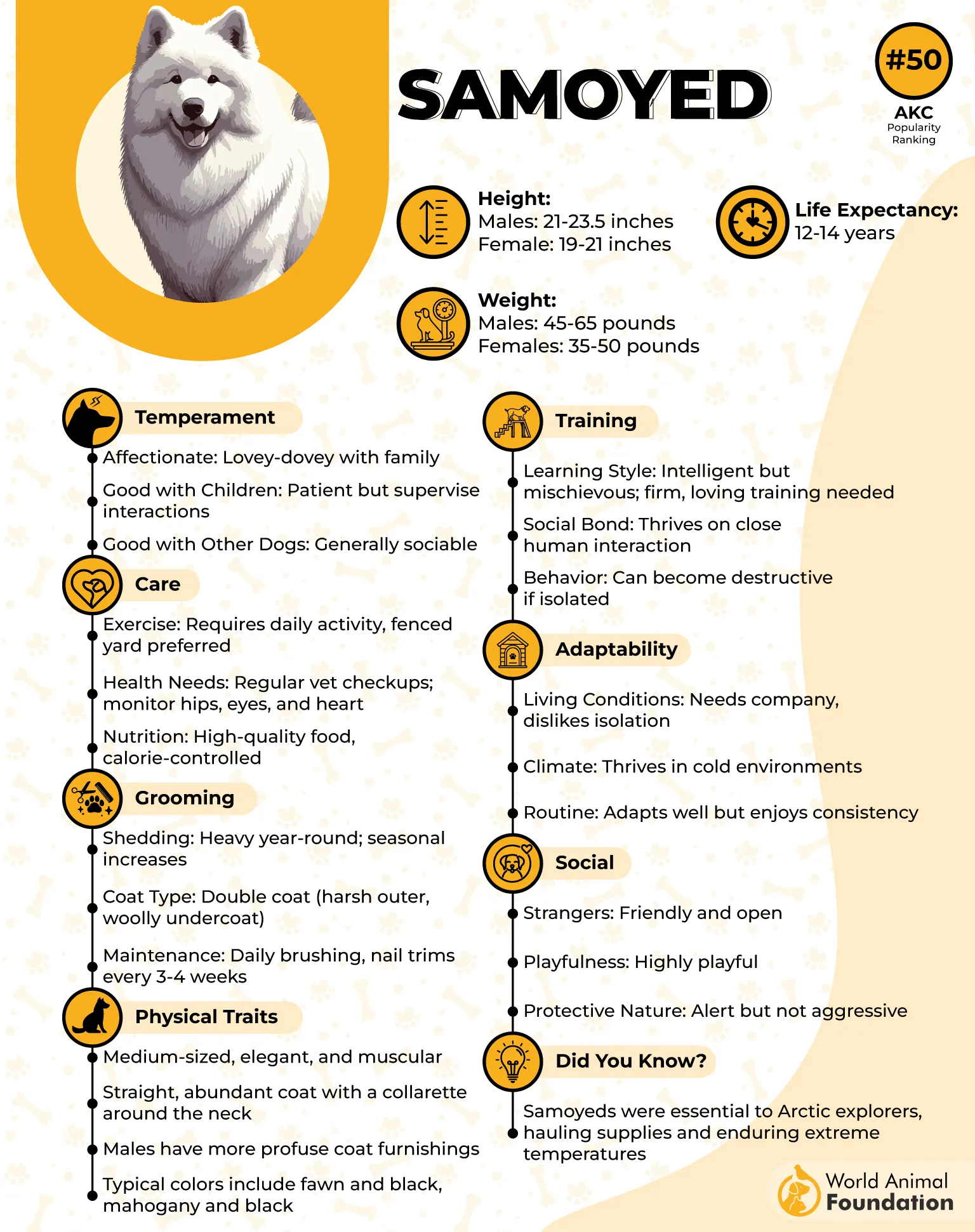
Their signature smile wasn’t just for show—it prevented frost from sticking to their faces in freezing temperatures. Today, that smile still melts hearts, even if it’s accompanied by a cheerful “chatty” bark.
Lifespan: 12–14 years
Vocal Level: Medium–High (they love “talking”)
Temperament: Gentle, friendly, mischievous
Exercise Needs: Moderate to high
To extend your Samoyed’s years, focus on grooming, joint care, and family bonding. A brushed coat, strong joints, and a happy heart mean more “Sammy smiles” filling your home.
3. Siberian Husky
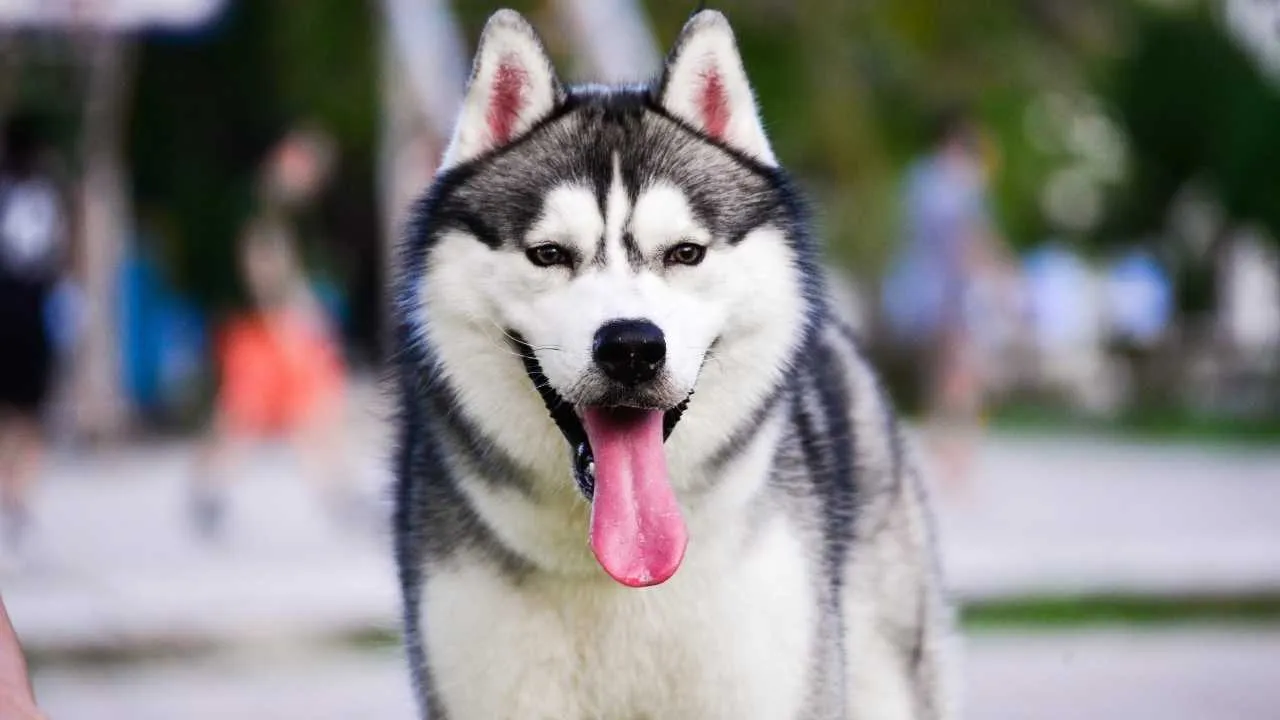
If a dog could audition for Broadway, the Siberian Husky would be center stage—howling, yodeling, and stealing the spotlight.
Huskies thrive on activity, needing hours of exercise, mental games, and an owner who doesn’t mind a little drama (or furniture rearranging). Keep them busy, and they’ll reward you with loyalty and laughter.
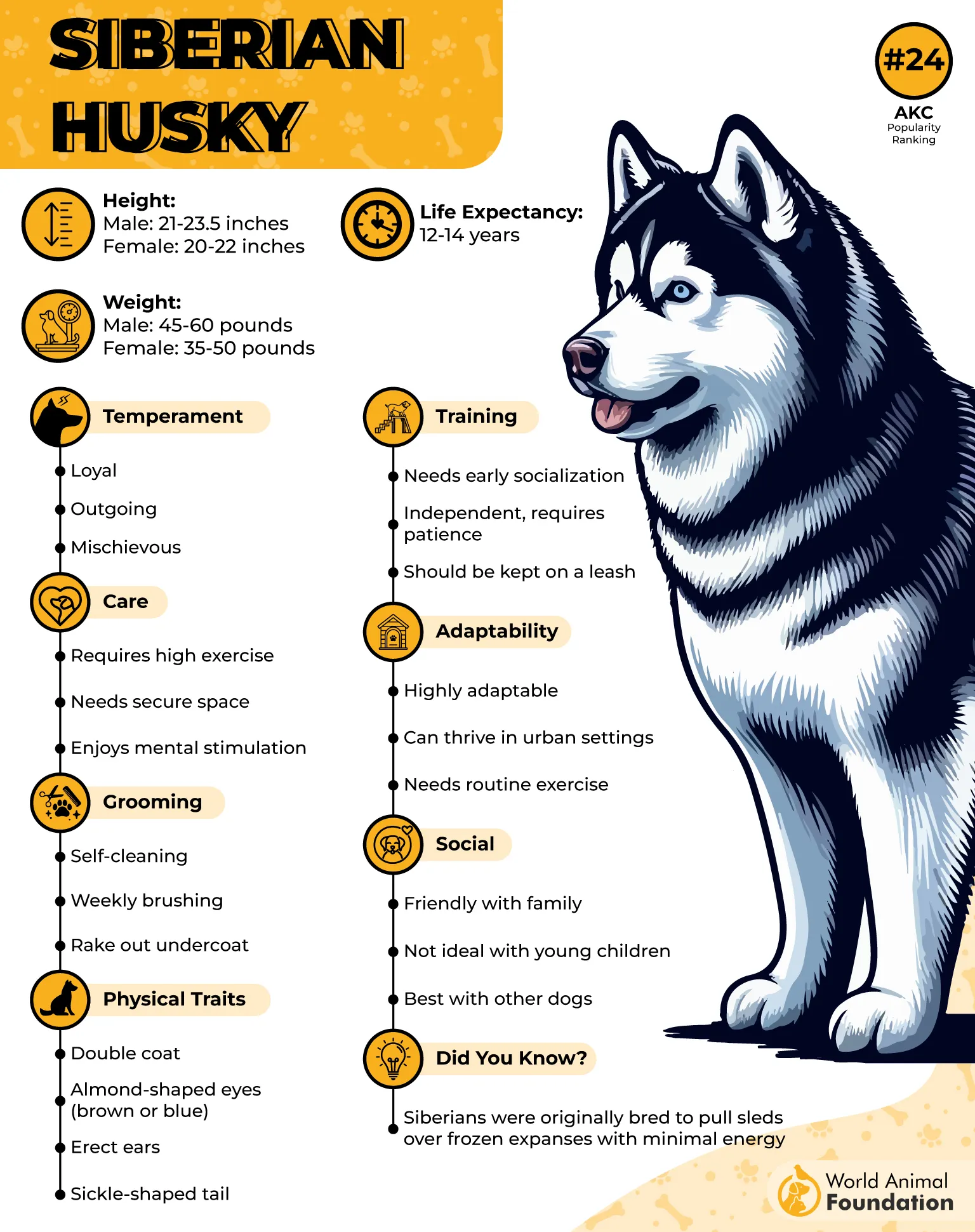
Bred by the Chukchi people of Siberia, Huskies were designed to pull sleds across impossible distances.
That work ethic never left; they still zoom around with boundless energy, looking for their next “mission.” They don’t bark much, but their wolf-like howls are practically canine opera.
Lifespan: 12–14 years
Vocal Level: High (howls, yips, conversations)
Temperament: Energetic, stubborn, affectionate
Exercise Needs: Very high
To keep your Husky around longer, focus on diet, exercise, and training. A Husky who runs, eats well, and gets structure will stay healthy—and noisy—for many happy years.
4. Plott Hound
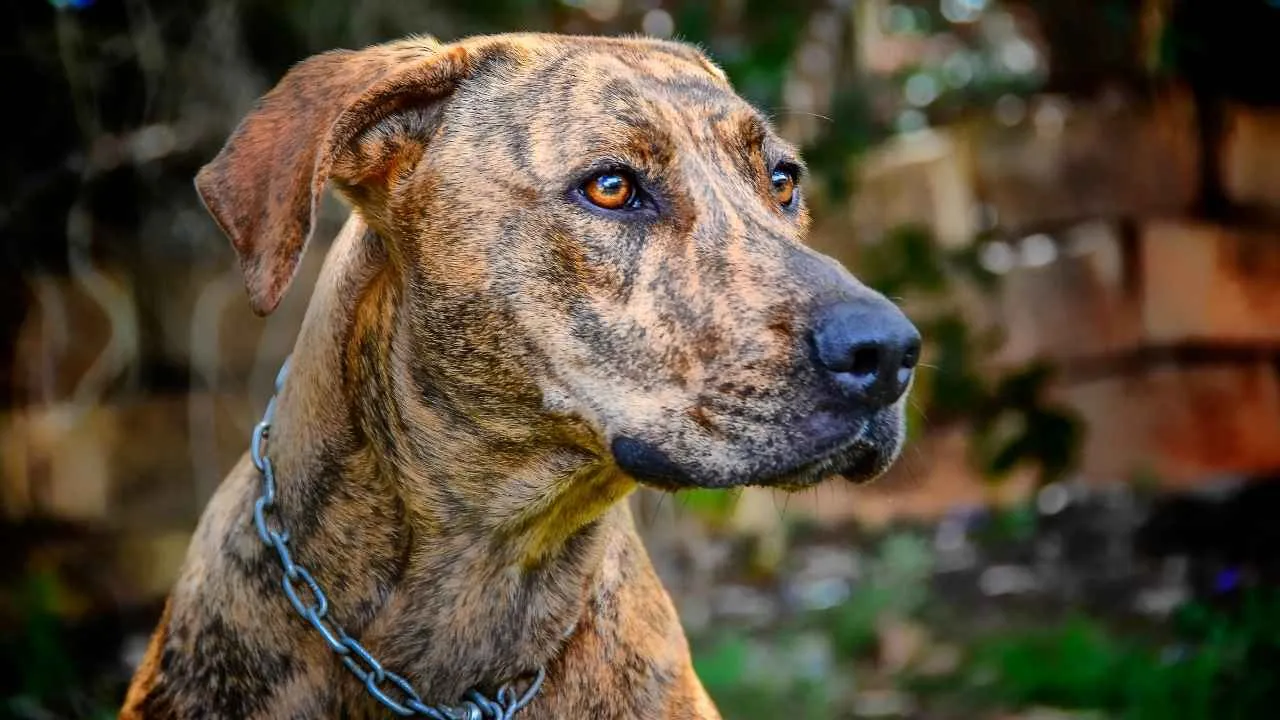
Meet the Plott Hound: a fearless hunting dog with the stamina of a marathon runner and the lungs of an opera singer.
To live their longest life, they need exercise (lots of it), proper nutrition, and opportunities to stretch their hunting instincts. Without it, they’ll invent “jobs”—like barking at squirrels or decorating your yard with holes.
The Plott Hound is North Carolina’s state dog, originally bred by German immigrants for big game hunting.
PetMD adds that their sharp nose and booming voice made them legends in the hunting world. Today, they still hold onto that drive, but they’ve softened into loyal family companions, too.
Lifespan: 12–14 years
Vocal Level: High—echoes guaranteed
Temperament: Bold, intelligent, loyal
Exercise Needs: High—outdoorsy homes ideal
Help your Plott live long by pairing regular vet visits with brain games and adventures. A happy Plott is a busy Plott—preferably one that’s already tired from exploring.
5. Treeing Walker Coonhound
If “lively” had a mascot, it would be the Treeing Walker Coonhound. They’re bundles of energy who thrive on daily exercise and interactive play.
To keep them healthy for years, they’ll need long walks, scent games, and plenty of human companionship.
This breed was developed in America to hunt raccoons and other game, relying on their stamina and distinctive treeing bark.
Their nickname, “the people’s choice,” isn’t an exaggeration—they’ve been beloved hunters and companions for centuries. Don’t expect silence, though; their famous bay is as loud as it is unique.
Lifespan: 12–13 years
Vocal Level: Very high—classic “hound song”
Temperament: Energetic, friendly, determined
Exercise Needs: High—daily activity mandatory
WebMD suggests that owners can extend their Walker’s years by ensuring balanced meals, consistent exercise, and early training. A well-trained Walker isn’t quiet, but they’re delightfully fun for a lifetime.
6. Alaskan Malamute
The Alaskan Malamute is the definition of “big and boisterous.” To live long and strong, they need daily activity, a nutrient-rich diet, and plenty of space to stretch those massive legs.
Ignore their exercise needs, and you’ll end up with a furry wrecking ball redecorating your home. Bred by the Inuit people to haul heavy loads across ice, the Malamute is one of the oldest Arctic sled dogs.
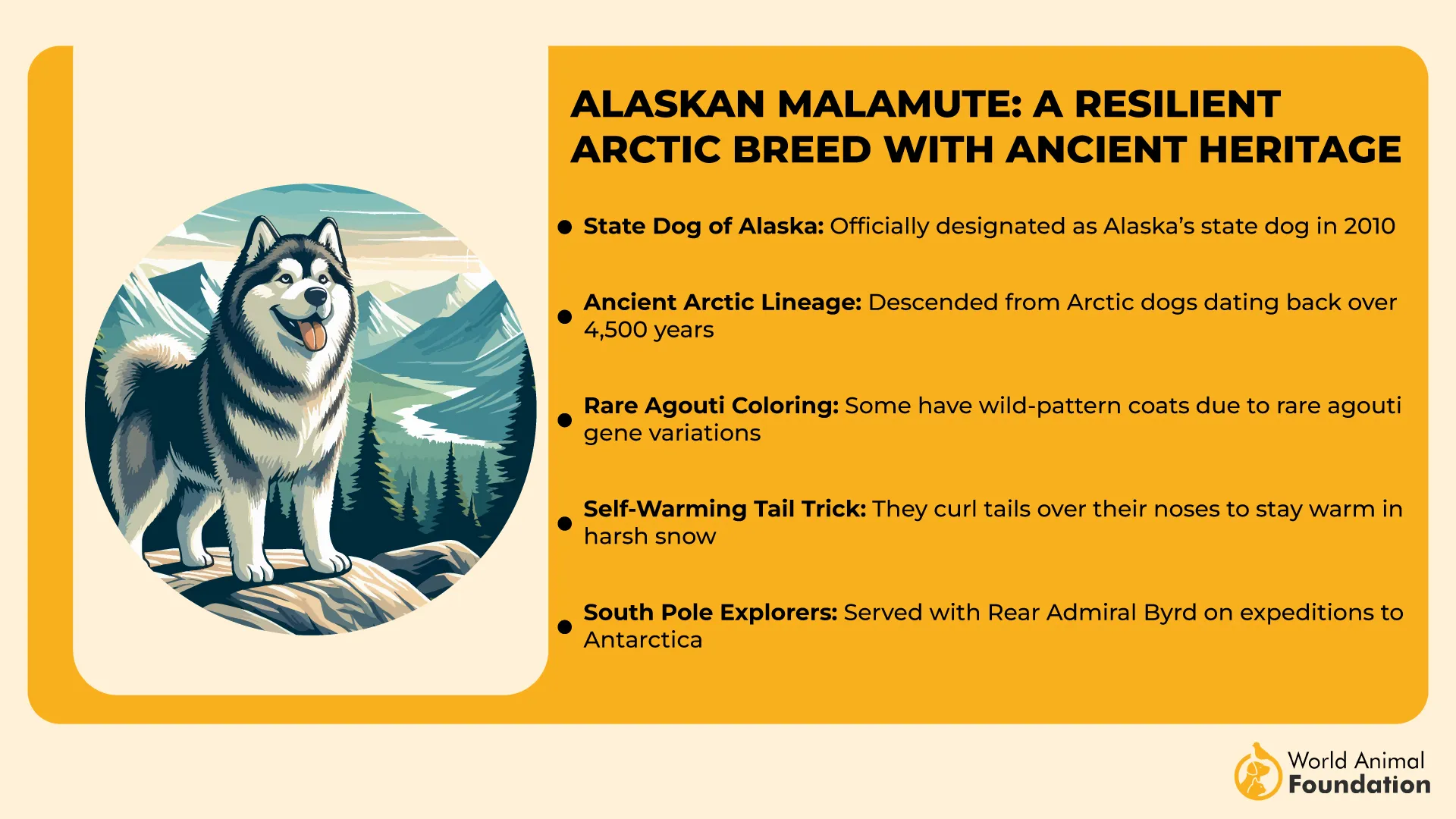
They’re incredibly powerful and social, often communicating through a mix of howls, grumbles, and their famous “woo-woo” talk. Barking? Rare. Sass? Abundant.
Lifespan: 10–12 years
Vocal Level: Medium–High (more “talkers” than barkers)
Temperament: Affectionate, dignified, playful
Exercise Needs: High—endurance activities essential
Keep your Malamute healthy by supporting joint health, providing enrichment, and ensuring they feel part of the pack. A well-cared-for Malamute will gift you years of loyalty and howling humor.
7. Irish Setter
The Irish Setter is the dog version of that extroverted friend who never runs out of energy. To help them live long, give them room to run, a balanced diet, and all the love you can spare. Their enthusiasm alone is enough cardio for the whole family.
Originating from Ireland, these glamorous red-coated dogs were bred as hunting companions, pointing and retrieving game birds.
Their beauty made them show-ring stars, but their playful personality kept them household favorites. Their bark is lively but not overwhelming—think party guest, not DJ.
Lifespan: 12–15 years
Vocal Level: Medium (chatty but not nonstop)
Temperament: Friendly, outgoing, playful
Exercise Needs: High—long runs and games needed
For longevity, keep their joints strong, maintain routine vet care, and encourage mental enrichment. The reward? A Setter who ages gracefully while staying forever young at heart.
FAQs
1. Do long-living large breeds usually bark more?
Not always, but many of the longest living dog breeds in the large category are hounds or sled dogs—both known for their vocal talents. While small breeds like a Jack Russell Terrier can yap endlessly, large dogs like Huskies or Coonhounds tend to “sing” with howls or bays.
2. How can I keep a large vocal dog healthy for a longer lifespan?
Focus on a good diet, regular exercise, and preventive vet care to avoid common health issues like hip dysplasia or dental disease. Keeping your dog at a healthy weight and watching for conditions like progressive retinal atrophy or heart disease will also add years to their average life expectancy.
3. Are noisy, large dog breeds suitable for families with kids?
Absolutely! Many vocal breeds are also great family pets thanks to their loyalty and big personalities. They may bark at strangers, but with proper training, socialization, and plenty of playtime, they become loving family members who keep the house full of joy (and noise).
Conclusion
The truth is, not all dogs are built the same. While our seven stars love to bark and live long, other breeds like the Australian Cattle Dog, Jack Russell Terrier, or even tiny Toy Poodles and Shih Tzus also boast impressive average life expectancy.
Some small breeds and intelligent dogs like the Bichon Frise or Miniature Schnauzer tend to live the longest, while big pups may face health issues like hip dysplasia or dental disease. Still, every wag, bark, and howl makes them the best family members we could ask for.
At the end of the day, a good diet, exercise, and lots of love help pups live their longest, happiest years. Which of these long-lived dogs would you welcome into your home?


